Choosing the right cookware can significantly impact your cooking experience. Among the popular options available, ceramic and traditional non-stick cookware stand out for their unique features and benefits. Understanding the differences between these two types of cookware can help you make an informed decision for your kitchen needs. Here are eight key differences that you should consider when deciding between ceramic and traditional non-stick cookware.
Material Composition

The core of any cookware is its material. Ceramic cookware, derived from inorganic materials, boasts a natural composition. In contrast, traditional non-stick cookware usually features a Teflon coating over metal. This fundamental difference affects heat conduction and durability. Ceramic’s eco-friendly nature appeals to those conscious of environmental impacts. However, traditional non-stick surfaces often offer superior non-stick qualities, aiding in easy food release. Both types have their merits, but understanding their makeup is essential. Consider what benefits align with your culinary goals. While ceramic offers a green alternative, non-stick excels in convenience.
Heat Resistance
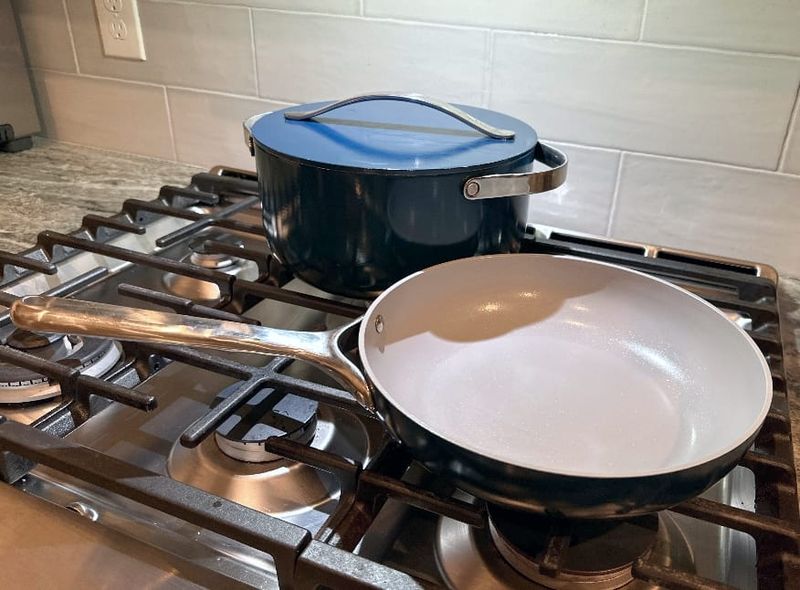
How cookware handles heat can influence your cooking style. Ceramic cookware typically withstands higher temperatures without degrading. This makes it suitable for searing or oven use. On the other hand, traditional non-stick cookware may suffer from Teflon breakdown at high heat. This limitation necessitates cautious temperature control. For those who love high-heat cooking, ceramic might be the preferred choice. However, for everyday low to medium heat tasks, traditional non-stick remains a viable option. Your cooking habits will dictate which heat resistance level suits you best. Consider your typical recipes.
Durability and Longevity
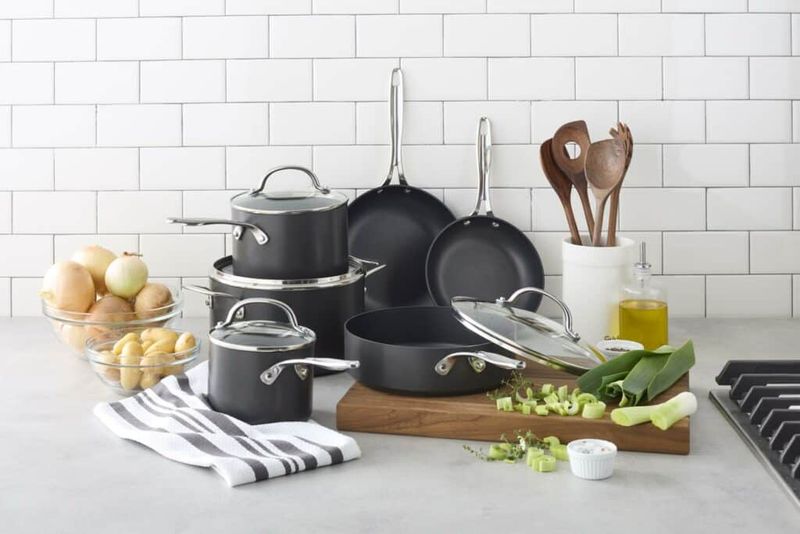
Durability often dictates cookware’s lifespan. Ceramic, although chip-resistant, may crack under sudden temperature changes. Traditional non-stick, designed to endure, may lose its coating over time. This wear impacts performance and aesthetics. Long-term use can see ceramic’s vibrant finish fade, while non-stick may require replacement as coating peels. Frequency of use and maintenance practices factor into longevity. Consider your cooking frequency and care routine. While ceramic requires gentle handling, traditional non-stick might need regular replacement. Balancing these factors can guide your choice for lasting kitchenware.
Non-Stick Performance
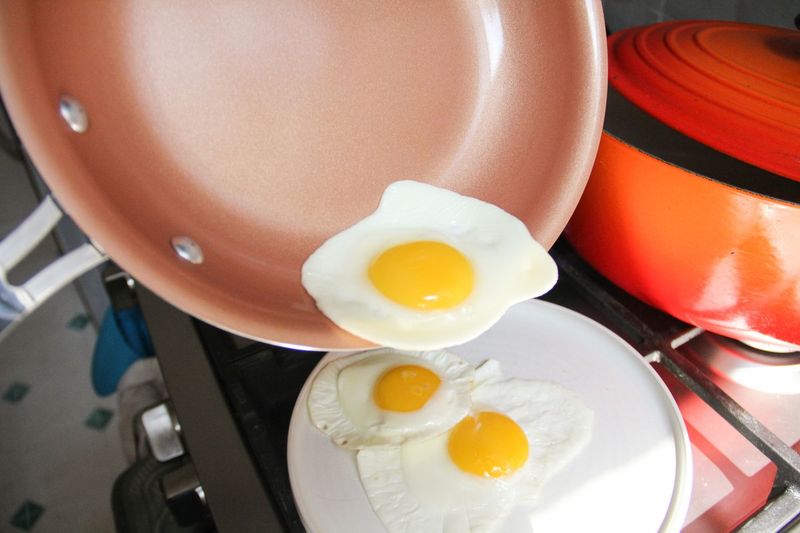
Non-stick efficiency can elevate cooking ease. Traditional non-stick pans often excel here, offering seamless food release. Ceramic, although slightly less effective, promotes healthy cooking with minimal oils. This distinction can influence dietary choices. Those aiming for reduced fat intake may favor ceramic. However, non-stick pans simplify clean-up and reduce food wastage. The balance between health benefits and convenience is crucial. Assess your priorities, be it nutritional goals or hassle-free cooking. Each type offers unique advantages, with ceramic promoting health and non-stick prioritizing efficiency.
Safety and Health Concerns
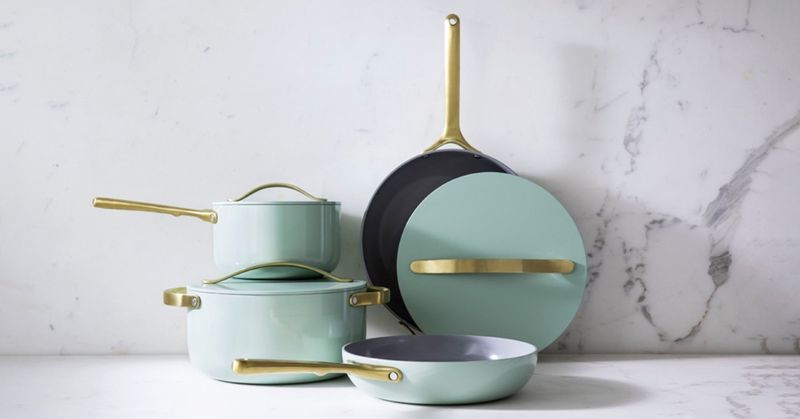
Cookware safety is paramount in any kitchen. Ceramic is lauded for being free from harmful chemicals like PFOA and PTFE. This makes it a safer choice for health-conscious individuals. Traditional non-stick, when overheated, may emit fumes potentially harmful to health. This risk necessitates careful temperature monitoring. Families with children often lean towards ceramic for peace of mind. However, traditional non-stick, when used correctly, remains a reliable option. The decision may hinge on personal health priorities and cooking practices. Evaluate safety aspects based on your household’s needs.
Environmental Impact
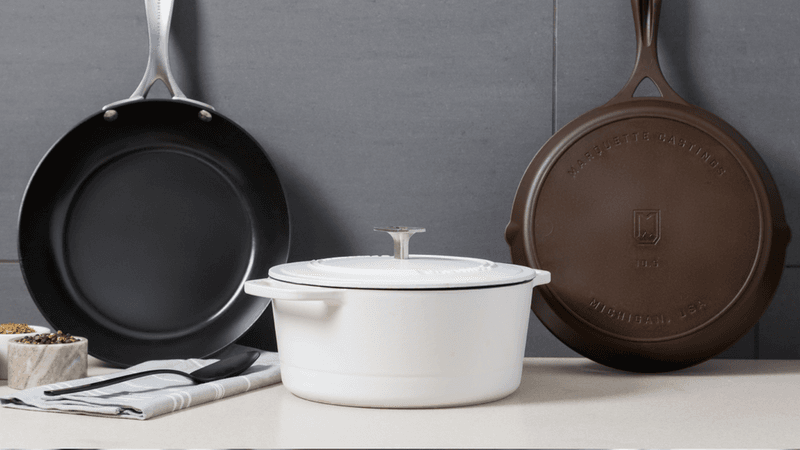
Environmental sustainability is increasingly influencing purchase decisions. Ceramic cookware’s natural materials offer a greener alternative. Its production involves fewer pollutants, appealing to eco-conscious cooks. In contrast, traditional non-stick’s manufacturing may contribute more to environmental degradation. Disposal is another concern, with ceramic often being more recyclable. Those prioritizing ecological footprints may opt for ceramic. However, traditional non-stick’s longevity can offset some environmental concerns. Weighing eco-friendliness against practical longevity is key. Your choice can reflect personal environmental values and practical considerations.
Price and Affordability
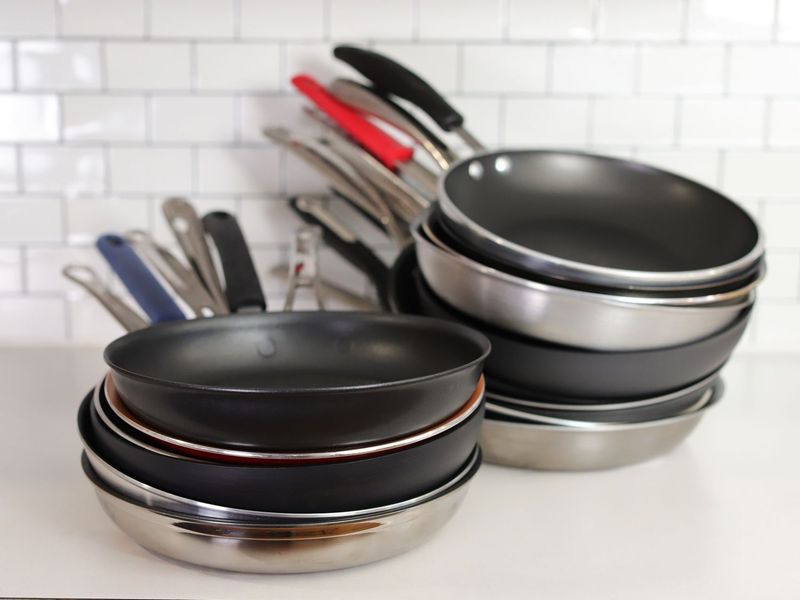
Budget considerations often influence cookware choices. Ceramic, perceived as premium, may demand higher initial investment. Traditional non-stick generally offers more affordable options. This price disparity can guide decisions based on budget constraints. Ceramic’s longevity might justify its cost, while non-stick appeals to budget-conscious buyers. Price should be weighed against frequency and style of cooking. For occasional chefs, non-stick provides economical solutions. Those cooking regularly may find ceramic’s durability worth the expense. Align your purchase with financial and culinary needs for optimal satisfaction.
Aesthetic Appeal
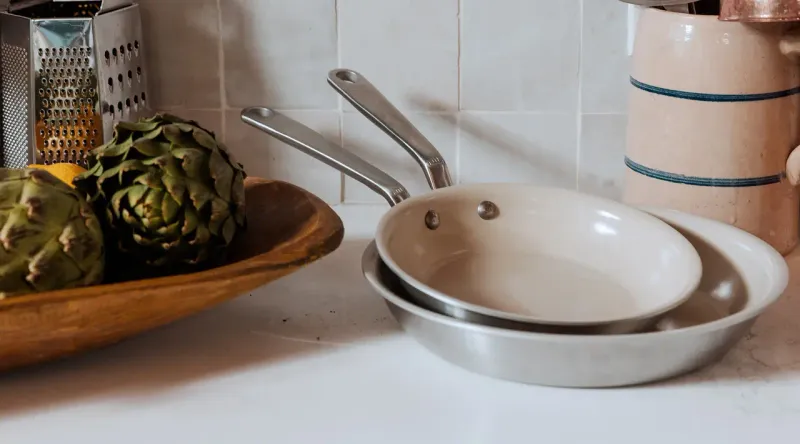
Visual allure can enhance kitchen ambiance. Ceramic stands out with vibrant hues and glossy finishes, adding a splash of color. Traditional non-stick, while more understated, offers sleek, professional looks. This aesthetic difference can influence kitchen styling decisions. For those seeking a lively kitchen, ceramic provides decorative flair. Conversely, traditional non-stick suits minimalist preferences. Personal taste and kitchen decor play significant roles in this choice. Consider your kitchen’s theme and how cookware complements it. Ceramic and non-stick offer distinct visual attributes to match diverse stylistic desires.
Leave a comment